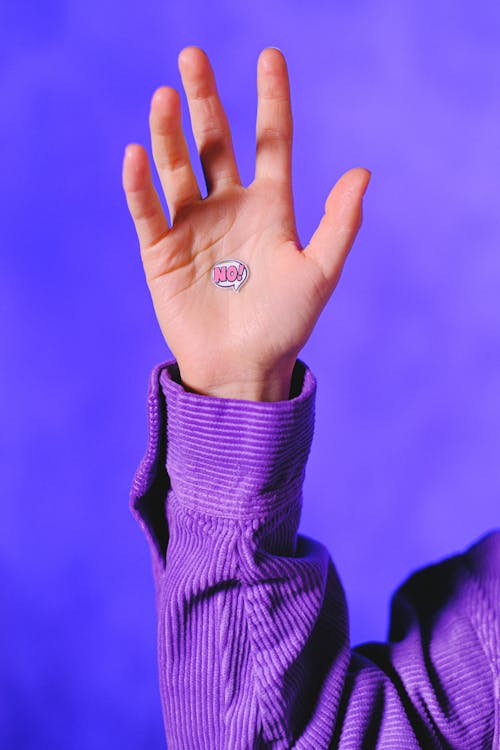🪑Korean Level 3, Activity 10: 여기 앉아도 돼요?/ Can I Sit Here?

Description:
Students will practice asking permission and making requests. With this activity, students will be able to identify some cultural etiquettes and values in South Korea. Students will also discuss different etiquettes from different cultures.
Semantic Topics:
Permission(허락), Requests(부탁), Etiquette(예절), Rules(규칙)
NCSSFL-ACTFL World Readiness Standards:
- Standard 1.1 Students engage in conversations, provide and obtain information, express feelings and emotions, and exchange opinions.
- Standard 1.2 Students understand and interpret written and spoken Korean on a variety of topics.
- Standard: 2.1 Students demonstrate an understanding of the relationship between the practices and perspectives of Korean culture.
Idaho State World Language Standards:
- COMM 1.1: Interact and negotiate meaning (spoken, signed, written conversation) to share information, reactions, feelings, and opinions.
- COMM 2.1: Understand, interpret, and analyze what is heard, read, or viewed on a variety of topics.
- CLTR 1.2: Explain the relationship between cultural practices/behaviors and the perspectives that represent the target culture’s view of the world.
- CLTR 1.3: Function appropriately in diverse contexts within the target culture.
NCSSFL-ACTFL Can-Do Statements:
- I can exchange messages with my host family to learn about each other’s daily routines, chores, and house rules.
- I can exchange messages with my teacher to request an extension due to an unforeseen personal matter.
Materials Needed:
Warm-Up:
1. First ask the students. 먼저 학생들에게 질문하세요.
- Do you have rules with your roommate or family?
- 룸메이트나 가족들과 지켜야 될 규칙이 있나요?
Examples(예시):
- We clean together every Sunday. 매주 일요일마다 청소를 같이 해요.
- Everyone does the dishes. 설거지는 각자 해요.
- No loud noises after 10 o’clock. 10시 이후에는 시끄러운 소리를 내지 않아요.
Main Activity:
1. Open up the Google Slideshow.
구글슬라이드를 여세요.
2. Students will review phrases used to ask for permission.
허락받기 위해 요청하는 말을 복습합시다.
- _______ can I do that?
- _______해도 돼요?
3. Have each student formulate a question based on the picture presented on Google Slideshow.
학생들이 구글슬라이드의 그림을 바탕으로 질문을 만들도록 하세요.
- Can I go to the bathroom? 화장실 가도 돼요?
4. In response, other students will either accept or reject the request. They will explain why they accepted or rejected.
이에 대해 다른 학생들은 요청을 들어주거나 거절할 것입니다. 그 이유를 설명하도록 하세요.
- Yes, I have time, so you can go to the bathroom. 네, 시간이 있으니까 화장실 가셔도 돼요.
- No, we don’t have enough time, so you can go to the bathroom later. 아니요, 시간이 별로 없어서 나중에 가실 수 있어요.
5. Do steps 3-4 yourself to show the students what they will be doing.
스텝3와 스텝4를 어떻게 하는지 학생들에게 보여주세요.
6. Once students have worked through each slide, they will discuss Korean etiquettes and etiquettes from their own culture.
이 과정을 모두 마치면, 한국의 예절과 자기 나라의 예절에 대해 이야기해 봅시다.
Wrap-Up:
Come back together as a group and ask the students the following question.
그룹으로 돌아와서 학생들에게 이 질문을 하세요.
- What behaviors are allowed in the United States but not in Korea?
- 한국에서 조심해야 될 행동이 뭐가 있을까요?
End of activity:
- Read Can-Do statements once more and have students evaluate their confidence.
- (Use thumbs up/thumbs down or have them rate 1-5 on how they feel after the activity.)
NCSSFL-ACTFL Can-Do Statements:
- I can exchange messages with my host family to learn about each other’s daily routines, chores, and house rules.
- I can exchange messages with my teacher to request an extension due to an unforeseen personal matter.

